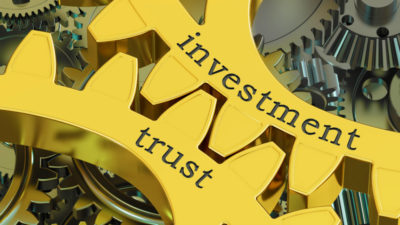The pandemic has affected the livelihoods of a lot of people. Some got laid off, some had to stay home in isolation, and some lost their small businesses. To help such people out, the Government of Canada took the CERB initiative and offered $500 a week as financial assistance. While it may not look too sizeable, it can be a life-saver for many people.
It’s not a loan, and the government isn’t going to take that money back once it’s all over. You will have to pay taxes on it. But that’s only if you are truly eligible.
This sum might become a problem in the future for people abusing the system and getting CERB payments without being truly eligible. To stop CRA from taking back your $2,000 and then some, make sure you have followed the CERB guidelines.
Who is eligible?
People who lost their job/livelihood due to the pandemic are eligible. If you quit your job, you aren’t eligible. This is the case even if it you quit for safety or overwork reasons, which you associate with the pandemic.
At a minimum, you earned $5,000 in the past year through a job, self-employment, or provincial benefits for maternity or paternity leaves.
You may be eligible if, because of the pandemic, you have been laid off (or will be) or your work hours have been reduced (earning you less income). Also if you can’t work, because you are taking care of someone, for example, you may be eligible.
The terms may seem unfair. You can petition your provincial or even the federal government regarding your particular situation. If you don’t qualify, but have applied for and received the CERB payment, it’s recommended that you send it back, before the CRA comes to collect.
The same applies to people who applied from two different channels and got double payments. They should send the extra payment back to the CRA.
Cultivate alternate income sources
CERB is helpful for a lot of people. If you are depending on it, it means you don’t have any alternative income sources or an emergency fund, which is a stressful situation. Once the pandemic is over, and you have gotten back on your feet, focus on cultivating additional income sources. You don’t need much to invest in penny stocks, and even they can be an amazing way to grow a small nest egg for troubled times.
One example would be StorageVault Canada (TSXV:SVI). It’s a self-storage company, and one of the largest stocks (by market cap) currently trading on the venture capital exchange. It still hasn’t fully recovered its pre-crash value and its trading at just $3.4 per share. It showed steady growth in the past five years and also pays quarterly dividends.
If you start investing $50 a month in this stock, and it keeps growing 10% a year – significantly more than its historical growth – you may have about $34,700 in company shares in 20 years. You would have invested about $12,000 over the same period, and the result would be nearly three times your total capital growth.
It might not be a large enough sum to retire on comfortably, but it may be enough to sustain you through a few harsh months.
Foolish takeaway
It might be the government’s responsibility to protect and help its people when they need it, but that doesn’t mean you can’t help yourself as well. Just $50 a month is the kind of amount you can set aside simply by switching to a home-cooked meal instead of eating out. And if carefully investing such small sums can ensure that you have enough set aside for a rainy day, it doesn’t seem like too bad a trade-off.








